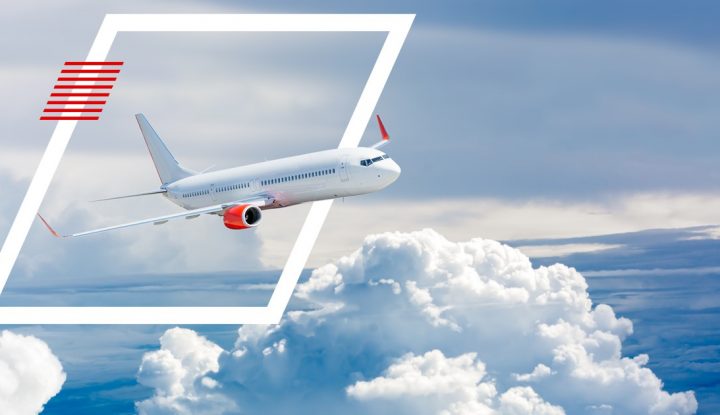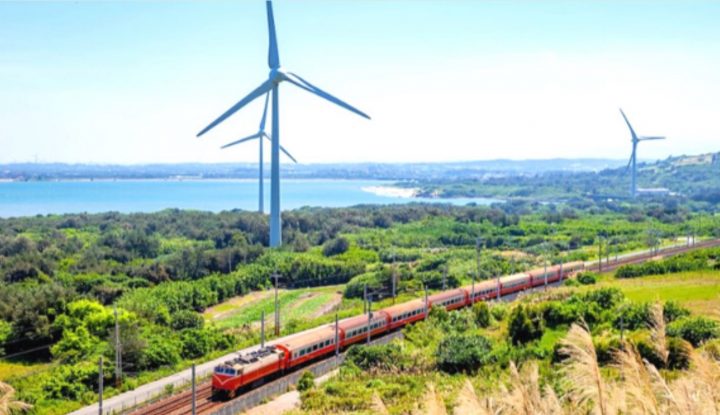by Carole Pailhé & Ashley Burk
The airline industry has been coping with high uncertainty as a result of the pandemic, and demand will remain uneven and volatile for some time. An increasing number of airlines, especially full-service carriers, are now looking to sense and respond to changing traveler behaviors in a more agile and personalized way. Beyond the buzzword, personalization is becoming very real. But what does it truly entail? In this post, we will discuss the value potential, drivers and technology available for airlines to accelerate towards personalized offers.
The value at stake
One may argue that given the cash-strapped position of many airlines currently, today is not the best time to innovate and invest in new capabilities. However, we believe that personalization done well can help alleviate some of the most crucial – new and old – airlines’ pain points and maximize revenue, customer preference, and scale.
Revenue: according to a survey conducted by the Boston Consulting Group, retail customers are more than twice as likely to add items to the basket and 40% more likely to spend more than planned when their shopping experiences are highly personalized. Shifting this to the airline space, better understanding travelers and personalizing their experiences are key to successfully retailing and selling ancillaries. Contrasting with the erosion of fare prices, the ancillary revenue potential is huge, and growing, for airlines: ancillary revenue per passenger has more than tripled in just 10 years, from $8.42 in 2010 to an estimated $25.90 in 2020.

Source: CarTrawler Worldwide Estimate of Ancillary Revenue, Nov 2020
Preference: the Boston Consulting Group also found that companies that use advanced personalization methods can realize an improvement of 20% or more in their net promoter scores (NPS) with their customers. Successful personalization leads to improved customer satisfaction and better brand differentiation in the marketplace.
Scale: innovating in technology to power personalization will deliver additional benefits. Moving from manual tools that require human intervention to ML-powered personalization technology will relieve bandwidth constrained IT and business teams, that have been forced to downsize due to the current market dynamics. In the long-term, it will ensure systems can scale to support the exponential increase in shopping volumes and offer types.
Now it’s (truly) personal
“Success is not sustainable if it is defined by how big you become. Large numbers that once captivated me – 40,000 stores – are not what matter. The only number that matters is ‘one’. One cup. One customer. One partner. One experience at a time”. Howard Schultz, former Starbucks President and CEO
Travelers’ expectations had started to evolve long before the pandemic put travelers’ safety and self-service technologies under the spotlight. The seeds of change were already simmering in the way consumers were approaching their non-travel retail experiences. Choice and personalization have become critical to attracting those customers and keeping them happy – and similarly they are crucial for airlines to drive more value and emerge stronger for the years to come.
Travel has seen choice increasing exponentially. The number and complexity of air offers has pushed the bounds of static, rules-based retailing engines. As an example, the number of fare-schedule combinations Sabre returns for flights between Las Vegas and London exceeds 81 billion combinations in one day.
Yet as Howard Schultz puts it, the only number that matters is ‘one’. Unfortunately, most airlines lag behind when it comes to personalizing those billions of options to those the traveler will want to buy, eg a small number of airlines help curate this broad content with truly personalized offers for their customers. While personalization has been a high priority for the industry and is certainly a buzz word today, its adoption has been a slow process. A 2019 survey conducted by diggintravel reveals that only 2% of airlines use data to create truly personalized offers and an overwhelming 48% have the same offers for all travelers.
Understanding the traveler
A key enabler of personalization for airlines is micro-segmentation. Today most airlines view their customer through five to ten broadly conceived segments, based on basic demographics, reasons to travel and sometimes frequency of travel – eg the business road warrior, the “visiting friends and relatives” traveler etc. Micro-segmentation implies evolving towards a much more granular understanding of customer needs powered by data. This means identifying small segments – eg. “digital nomads longing for adventure on the weekend”, “cultural enthusiasts” – and specific individuals, and targeting them with more precise messaging based on behavioral patterns and needs.

Source: The Travel Industry Turned Upside Down, Skift research in partnership with McKinsey&Company, Sept 2020.
Using technology to power personalized offers
Technology will play a major role in enabling the new era of micro-segmentation and personalized travel. For airlines to meet travelers’ expectations around personalization, they must look towards machine learning (ML) and artificial intelligence (AI), and experiment to drive retailing transformation.
Airlines are not alone in this, and they should seek partnerships with technology vendors who are at the forefront of innovation. Technology partners will help navigate the complexities of this rapidly evolving landscape and deliver solutions that are underpinned by AI and machine learning technology to help maximize revenue opportunities, optimize operations, and improve the passenger experience.
Sabre embarked on a transformational journey long before the pandemic. Last year, we introduced a set of strategic initiatives to create a new market for personalized travel. A key element of this is Sabre’s long-term partnership with Google. Sabre and Google Cloud recently announced Sabre Travel AI ™. Created as part of their strategic innovation framework, Sabre Travel AI ™ combines Sabre’s travel expertise with Google Cloud’s infrastructure and AI capabilities, allowing ML models to be integrated into existing and future Sabre products faster, and with more scalability, than ever before.
The first products built using this technology, available soon, will make intelligent retailing a reality by enabling dynamic pricing of air and ancillaries. Powered by market insights, they will continuously learn which offers are most successful and allow airlines to test and compare multiple retailing strategies in real time.
This is only the beginning
Intelligent retailing is one important piece, but it is just one step in this journey. As travelers expect end-to-end personalized experiences, airlines must adopt personalization at every step of the journey, across the spectrum of airline retailing, distribution and fulfillment. Sabre is already working on a multitude of use cases for Sabre Travel AI TM in areas such as network planning, pricing and revenue management, offer management across all channels, order management and also airlines operations. Stay tuned!




